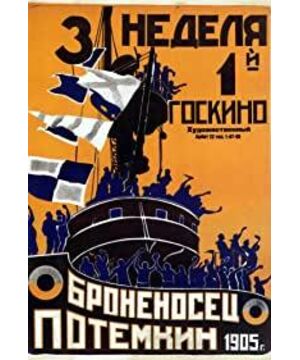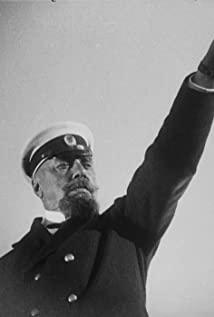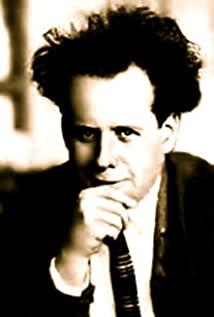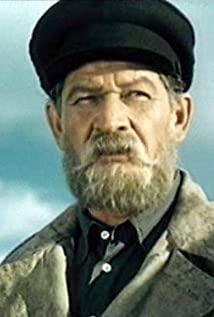As the pioneer of classical editing, Griffith is known as the "father of cinema", he developed "invisible" editing techniques and often used cross-editing and parallel editing. Although Griffith's editing concept is still mainly based on the effective transmission of ideas and emotions, his thematic editing methods and associations have influenced 20th century Soviet filmmakers, such as Pudovkin, Kurishov and others. Eisenstein, who led them to develop the Soviet montage. Pudovkin insisted that each shot should have a new meaning, and should make 1+1>2. Kulyshov believed that the concept of film does not have to be in line with reality, and the film does not need traditional acting skills. Different from the first two film masters, Eisenstein's films tend to be drawn to the dialectical, and the story structure is loose, but it effectively uses conflicts and contradictions to convey ideas. His theory is also known as collision montage theory. Pie video is widely used. However, Eisenstein's radical collision montage was also considered by some directors to be too abrupt.
Here, let us analyze one of Eisenstein's most famous films, "Battleship Potemkin".
In 1925, Eisenstein managed to direct the greatest film in film history. "Battleship Potemkin" not only achieved a pioneering role in its editing skills, but also played a great role in promoting the combination of music and film.
music:
Before the First World War, the sound film had been born, invented by Edison, but not used. "Battleship Potemkin" successfully combines music and film. Through the strength, speed, and connection of music, the film has achieved great international success and promoted the development of sound films.
(TOEFL tpo12 has a detailed introduction on transition to sound in film, I recommend you to do it)
For the construction of time:
Since film is the art of montage, the montage of time becomes visible. In this film, the stories of revolutionary uprisings are organized by means of montage, which gives us a unique sense of time. Eisenstein believed that films can be extended like literature, not limited by time and space, as long as they are related to the theme, which also reflects his profound insights into the construction of time.
Movie style: realism
Clip:
Like Pudovkin, Eisenstein agreed that editing is fundamental to the art of cinema. But Eisenstein believes that the rounded connecting shots make the film lose the chance of collision, and the film should be more intellectually inclined to abstract dialectics. In his concept, the film need not be too constrained by realism, it should be free in continuity. In "Battleship Potemkin", the famous massacre on the Odyssey ladder was only about six minutes, but it contained 155 short shots, each no longer than 5 seconds, involving the alternation of long shots, medium shots, and close-ups. A strong sense of intimidation. This part of the film is divided into thesis, antithesis and synthesis, and it becomes the climax of the whole film.
Eisenstein was also very adept at using metaphors. As the ship's doctor is thrown overboard by the angry crew, the camera suddenly cuts to glasses hanging on the ship, symbolizing the doctor's end. Close-ups of sleeping lions, waking lions and standing lions symbolize slumber, awakening, and struggle of resistance while firing cannons to attack the tsarist fortress.
Movie theme:
The film reflects real revolutionary events in Russian history in 1905. At that time, the tsar's rule was extremely decadent, and the dissatisfaction and resistance of the masses were increasing. The crew of the ship Potemkin clashed with officers on board for refusing to eat spoiled food, and managed to seize the ship and raise the red flag of revolution. The history of the proletarian revolution is exposed by this film, and it sings the spirit of people's daring to resist.
View more about Battleship Potemkin reviews










